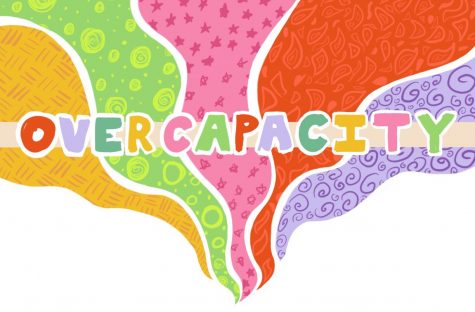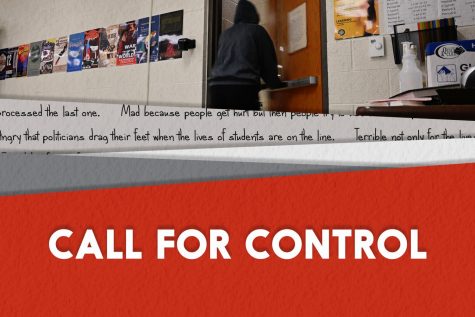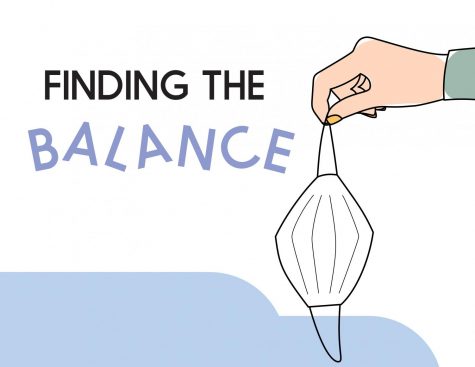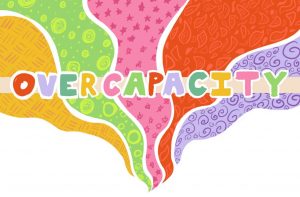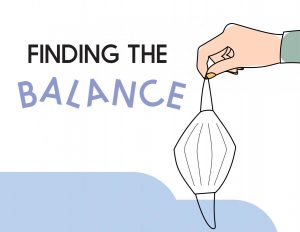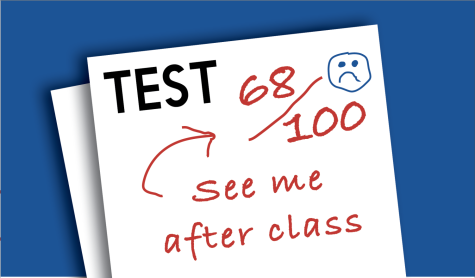Editorial: Secluded
The WSS Editorial Board addresses the lack of student awareness regarding mental health resources at West High.
June 6, 2021
This is an editorial. An editorial, like news reporting, is based on objective facts but shares an opinion. The conclusions and opinions here have been derived by our Editorial Board and are not associated with the news staff.
As the 2021-2022 school year draws to a close, students and staff alike must reflect on a year of unprecedented learning and hardship. This school year had its fair share of difficulties, from charting the unfamiliar virtual classroom to navigating a safe return to in-person classes. Since last March, online learning has confined the relationship between students and teachers to a screen. Despite a slow transition back to traditional classes at West High, a particular challenge has endured: lack of connection. Whether part of the online or in-person learning program, this separation from others has affected everyone. Quarantine isolation has been detrimental to many individuals’ mental health, and amidst the disorder of this school year, it has been nearly impossible to know where to seek help. In light of recent, tragic events in the West High community, every student must be aware of available mental health services to ensure their well-being. Although West High offers such resources, most do not know they exist or are afraid to seek help. This issue stems from ineffective communication between administration and students.
Even in previous years, the student body’s knowledge of mental health resources at school has been scarce. Students are expected to seek aid when necessary, yet, with little administrative action to advertise these services, students must search for help by themselves. This can be especially difficult due to not only the nature and symptoms of mental illness, but also the stigma surrounding it. Pandemic circumstances have increased this lack of awareness, particularly for new West High students in the online program, where the guidance office is further than just down the hall. This is not just a matter of well-being but also a problem of equity. Administrators did not widely publicize mental health services throughout the school year, whether by email, homeroom announcements, posters or otherwise, leaving many students uninformed. Unless administrators communicate directly with students through various means, it is not guaranteed that all students are aware of these resources.
Mental health is seldom a topic of conversation in the classroom, yet another reason for students’ lack of awareness of school resources. If teachers do not actively engage students on this issue and continually emphasize the importance of mental health, seeking help in the school environment becomes a more daunting task. To the Editorial Board, it seems that both administrators and teachers typically promote these resources only when students hit rock bottom. A student should never have to reach their breaking point before learning what services are available to them — they should already feel certain West High puts well-being before schoolwork from the start. By normalizing interaction between mental health resources, like Student Family Advocates, and the student body during the school day, students can more easily seek help when needed.
The question of mental health resources at West High is one of awareness rather than availability. West High offers several services to students through district and community efforts, including mental health resources, hospitalization help, medical support and a local crisis line through the CommUnity Crisis Services and Food Bank. Throughout the school district, Arabic, French, Lingala and Arabic-speaking cultural liaisons are also available to connect families to the support they need. These services are not just limited to mental health; they also provide homelessness assistance, LGBTQ+ support, parenting resources, supplies to meet basic needs and more. To utilize any of these resources, contact SFAs Annie Gudenkauf or Jamie Schneider via email, or visit them in the West High Guidance Office. SFAs’ primary focus is to connect students with school, district or community services and are also great resources for any student needing a one-on-one conversation during the school day.
This school year has made flaws in communication between West High administrators and students especially apparent. These shortcomings have exacerbated students’ lack of awareness of school resources and the stigma surrounding mental health in the classroom, demonstrating that current administrative efforts to promote social-emotional wellness are insufficient. The primary reason for these issues is poor communication. Administrators and teachers must ensure students are aware of helpful school resources and prioritize mental health in the classroom every day. In turn, students and staff may work together to further publicize valuable school resources. Students should already know who to contact for support if they need it; they should not have the burden of looking for help by themselves. Additionally, West High administrators can strengthen their connection with the student body by promoting mental health resources through various virtual and in-person means, such as classroom discussion, regular emails and informational posters around the building.
West High must now take time to reflect and implement immediate change before a new school year begins. Although there are several valuable mental health resources available at school, most students are completely unaware of them. By promoting these resources and increasing overall communication with the student body, the West High administration will demonstrate its devotion to supporting students’ well-being and making help accessible to everyone.



